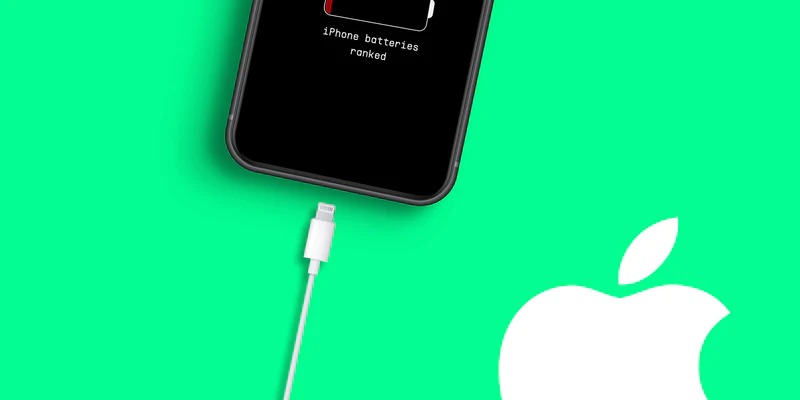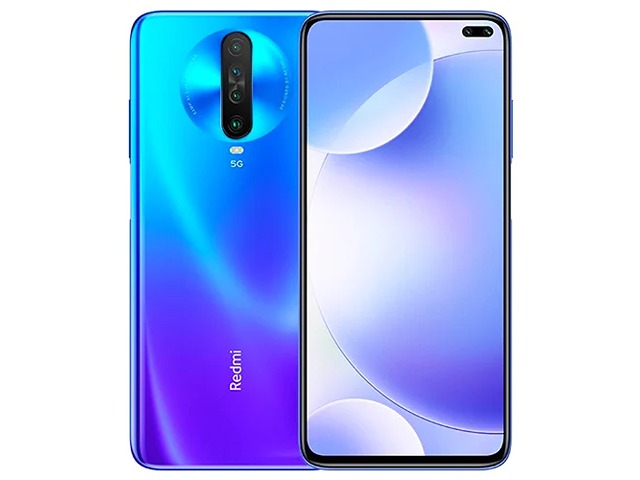Xiaomi Redmi K30 phone Review
Here you can read the top Xiaomi Redmi K30 review to know what are the terms related to Xiaomi Redmi K30 specifications, in terms of battery capacity, CPU type, display size, etc. Thus, you will understand their meanings, and you’ll be able to choose wisely when you invest in a new mobile phone.
Xiaomi company declared Xiaomi Redmi K30 smartphone model on 12/10/2019, and Released 2019, December 20. However, this model status in the market is: Available.
Xiaomi Redmi K30 comes with a 6.67 inches, 107.4 cm2 display size and Corning Gorilla Glass 5 as a display protection that is designed to protect the screen when the phone drops on hard and rough surfaces.
Xiaomi Redmi K30 has 64GB 6GB RAM, and 4500 mAh battery life (the more mAh value gives more strength to the battery). When you purchase Xiaomi Redmi K30, you will gain a 64 MP, f/1.9, 26mm (wide), 1/1.72″, 0.8µm, PDAF rear camera and 16 MP, f/2.0, (wide), 1/3.06″, 1.0µm selfie camera.
Xiaomi Redmi K30 comes with the following performance and platforms:
* Android 10, MIUI 11 OS,
* Qualcomm SDM730 Snapdragon 730G (8 nm) Chipset,Octa-core (2×2.2 GHz Kryo 470 Gold & 6×1.8 GHz Kryo 470 Silver) Processor.
To get a full good Xiaomi Redmi K30 review and make a well-informed decision on what device you will purchase, continue reading this article.
Know All About Body Specifications In This Xiaomi Redmi K30 Review
People are often interested in the cellular phone’s body characteristics, which prompted most mobile phone producers to harness a considerable part of the company’s research and budget to evolve this aspect of smartphones so that it suits all the ambitions of the consumer. In the following lines, you will see Xiaomi Redmi K30 review, which will demonstrate the most important details related to the body of this device.
* Body Dimensions: 165.3 x 76.6 x 8.8 mm (6.51 x 3.02 x 0.35 in) which mean height, width, and thickness (depth) respectively.
* Body Weight: 208 g (7.34 oz).
For cellular phones, a weight between 140g to 170g is deemed convenient for most people.
* Body Build: Glass front (Gorilla Glass 5), glass back (Gorilla Glass 5), aluminum frame.
Here are the most popular body types of the smartphones:
* Metal. In order to give the inner parts of smartphones the maximum protection, some manufacturers build the phones’ bodies out of metal..
* Glass. Devices whose body is made of glass may look more appealing, but this kind is not considered durable when fulling on hard surfaces.
* Plastic. This type is very functional, so it is the most prevalent one in the industry of mobile phone bodies.
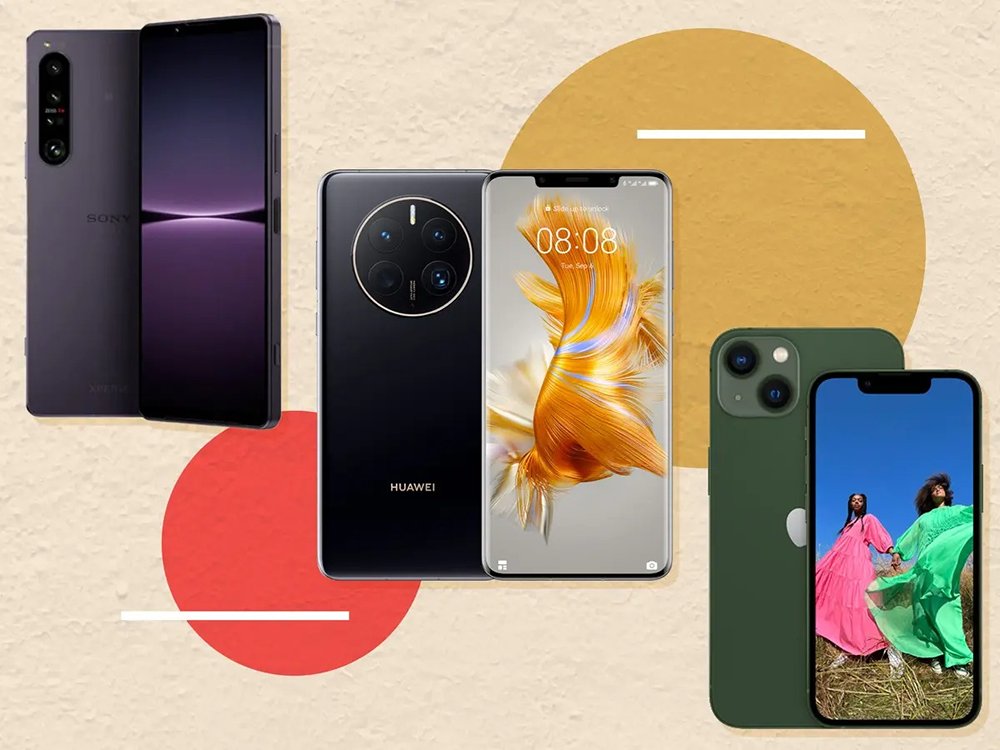
Get Your Preferred Color – Xiaomi Redmi K30 Review
There is no better or worse color for the mobile phones case, but it hinges on two things: the first one is your personal taste, and the second is the nature of your work.
Xiaomi Redmi K30 comes in the following colors: Blue, Red, Purple.
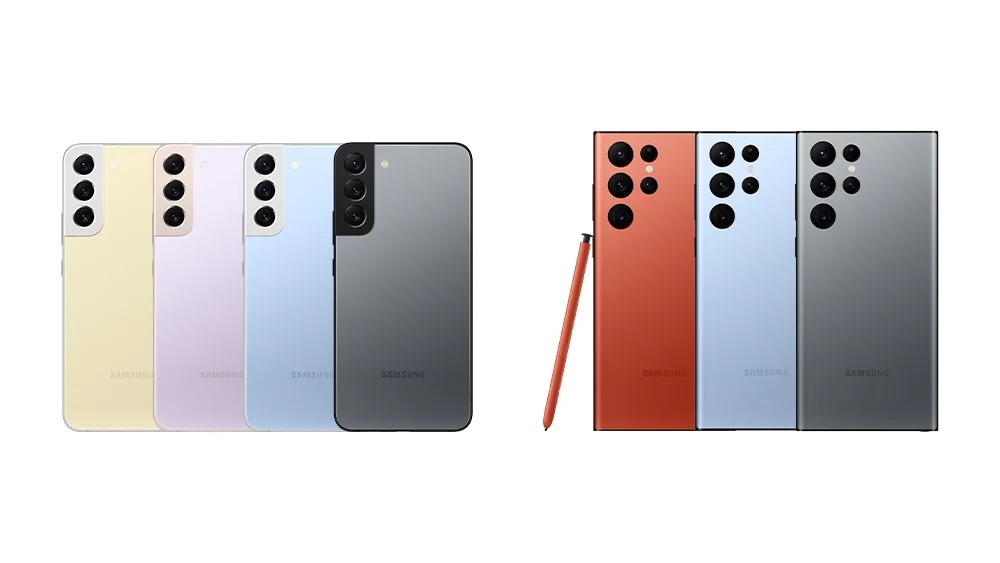
Xiaomi Redmi K30 Review In Terms of Display features
We use smartphone to work, voice calls, watch movies and videos, play games, take photos, and even extensive reading. These tasks are accomplished more simpler on large-screen mobile phones with real blacks, high contrast ratios, and good visibility from various angles..
The next lines will explain the main display characteristics of Xiaomi Redmi K30.
Display Type: IPS LCD – Keep in mind that you should search for a screen type that grants more shining colors and real black.
Refresh Rate: 120Hz – The refresh rate (measured in Hertz (Hz)) is the number of times a screen redraws an image. A greater refresh rate results in significantly better image quality and reduced motion blur.
Display Size: 6.67 inches, 107.4 cm2 – The common standard screen size of cellphones now averages between 4.7 and 6.5 inches.
Display HDR: HDR10 – Signifies that an image has a strong contrast between its lightest and darkest areas.
Screen To Body Ratio: (~84.8% screen-to-body ratio). It refers to the percentage of how much of the front face is covered by the display.. Smartphones that have the largest screen to body ratio look delicate and give it a premium look.
Display Ratio: 20:9 ratio. the Aspect ratio is the relevance between the height and width of the smartphone screen. Taller aspect ratios like 19.5:9 is coming with the most modern smartphones, and it is suitable for web browsing, and other portrait orientation apps.
Display Resolution: 1080 x 2400 pixels. It is the clarity of an image video in details and sharpness. The pixel resolution for high definition screens is 1920 x 1080.
Display Density: (~395 ppi density). It is the number of physical pixels per inch on a screen, and is measured in Pixels Per Inch (ppi).
Display Protection: Xiaomi Redmi K30 comes with the following display protection:
* Corning Gorilla Glass 5
* Corning Gorilla Glass 5.
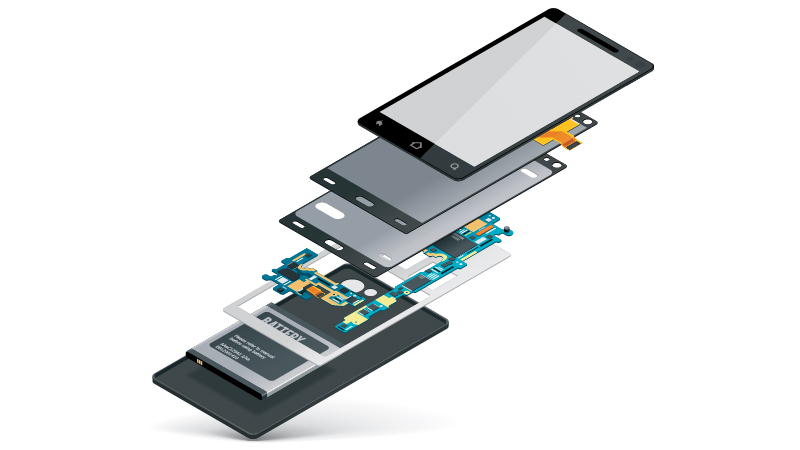
All What you Need For Camera Features in one Xiaomi Redmi K30 Review
In the following lines, you will find Xiaomi Redmi K30 review about the main cameras.
* Main Camera Single: {64 MP, f/1.9, 26mm (wide), 1/1.72″, 0.8µm, PDAF}.
The following lines sort-out some of the symbols included in the camera features:
MP (Megapixels) is the resolution of the image taken by a cellular phone.
(f value) is the aperture of a lens indicates how much light it lets in. A bigger aperture lets in more light, whilst a smaller aperture lets in less light..
(mm value) This measurement is of the lens’s focal length, which affects the final image that is produced by your camera.
AutoFocus (AF) is the function of a camera to automatically focus on a subject.
* Main Camera Dual: 8 MP, f/2.2, 13mm (ultrawide), 1/4.0″, 1.12µm
* Main Camera Triple: 2 MP, f/2.4, (macro)
* Main Camera Quad: 2 MP, f/2.4, (depth)
The main camera features are as follows:
HDR, panorama, 4K@30fps, 1080p@30/120fps, 720p@960fps gyro-EIS main video camera.
In the following lines, you will find Xiaomi Redmi K30 review of the selfie camera:
* Selfie Camera Single: 16 MP, f/2.0, (wide), 1/3.06″, 1.0µm
The main camera specs are:
HDR, 1080p@30fps Selfie video camera.
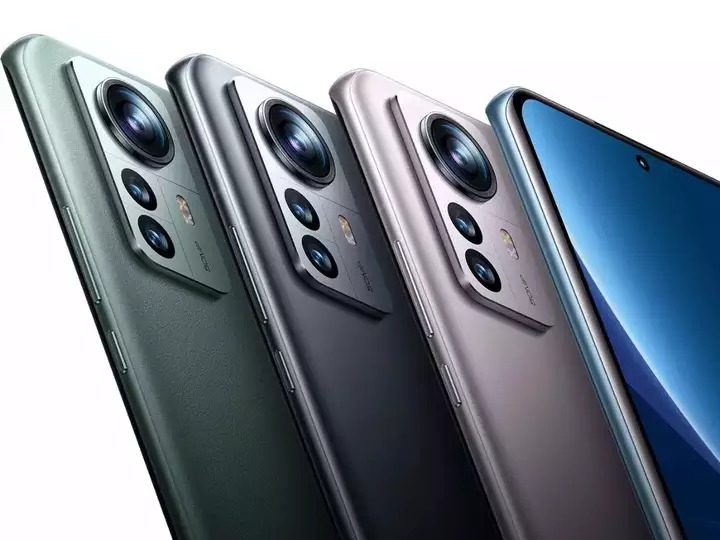
What’s The SIM card? Xiaomi Redmi K30 Review
A SIM (Subscriber Identity Module) is an electronic card that connects your smartphone to the mobile network so that you can make calls, send SMS messages, and use mobile internet services like 3G, 4G LTE, and 5G. For more info about 3G / 4G networks, refer to Xiaomi Redmi K30 3G or Xiaomi Redmi K30 4G articles You can use your cellular phone without a SIM card for many things, like playing games, using the calculator, saving notes, capturing photos, and many other applications. The following three sizes are available for SIM cards: Standard (Mini), Micro, and Nano.
This smartphone model comes with Hybrid Dual SIM (Nano-SIM, dual stand-by) card. For more information, refer to How to insert SIM card in Xiaomi Redmi K30 article.
Here are the popular SIM card kinds:
* Nano SIM. This removable SIM card size is the smallest available one, so it is the most modern one (other than eSIMs, which we’ll talk about it very soon) and most current mobile phones are using it.
* Micro SIM. They have a little bit larger chip, and they’re seldom been used in the recent years.
* Standard SIM (Mini SIM). It is the biggest SIM card size in use, and it’s the most seldom used.
* eSIM. It is an embedded SIM card, meaning that you can’t remove it from your cellular phone.
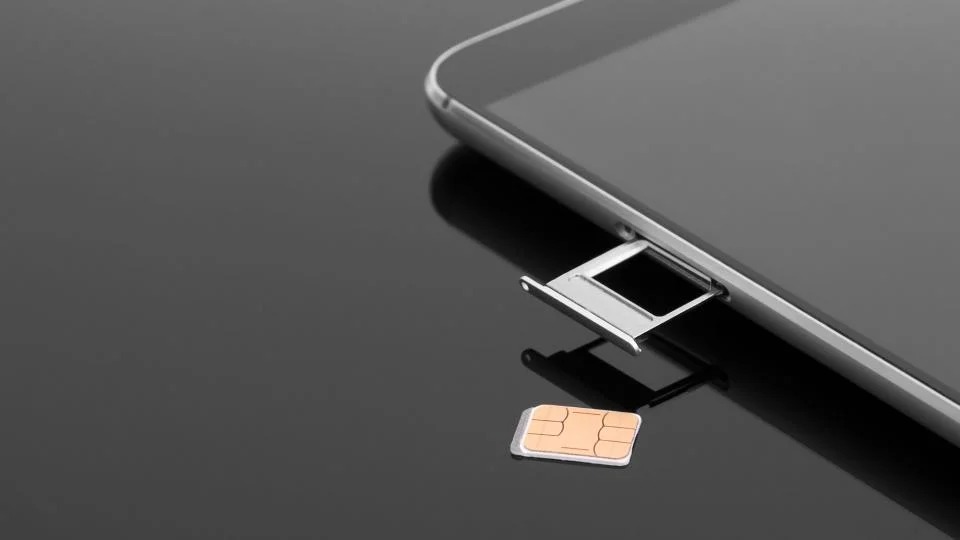
Xiaomi Redmi K30 Review – The Main Hardware Platforms
This model has Qualcomm SDM730 Snapdragon 730G (8 nm) chipset.
Advanced embedded chipsets in mobile phones allows the performing of many different tasks depending on their programming. They are built-in as part of the complete device including hardware and mechanical parts. The most common chipset kinds are: QUALCOMM Snapdragon, INTEL ATOM, and MEDIATEK CHIPSETS..
Xiaomi Redmi K30 has Octa-core (2×2.2 GHz Kryo 470 Gold & 6×1.8 GHz Kryo 470 Silver) CPU.
CPU (Central Processing Unit) performance is vital for the daily user experience. Thus, the higher the number of cores, and the higher the value of processing speed the better the performance will be..
Xiaomi Redmi K30 has the following GBU (Graphics Processing Unit): Adreno 618.
This chip is responsible for processing all graphics jobs. In fact, Users are now more aware of the many models of GPU chips included in cellular phone chipsets and sometimes take their performance into account when making purchases.
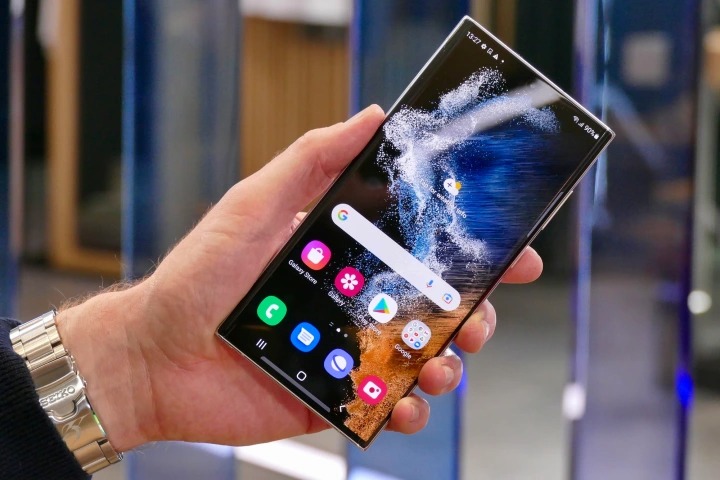
Xiaomi Redmi K30 Review of the Storage features and Capacity
The quantity of storage that a new cellphone provides is one of the primary decision considerations.. Actually, Xiaomi Redmi K30 comes with microSDXC (uses shared SIM slot) memory card slot, and the following internal memory: 64GB 6GB RAM – 128GB 6GB RAM – 128GB 8GB RAM – 256GB 8GB RAM
There are two types of phone’s memory:
Internal: It is integrated inside the phone, and can’t be increased. These days, most smartphones come with internal memory of at least 32GB or 64GB and a few high-end models feature 256GB or 512GB.
External: It is a removable SD card used as an extra storage to save photos, music, videos, etc., regardless of the kind of SD card slot.
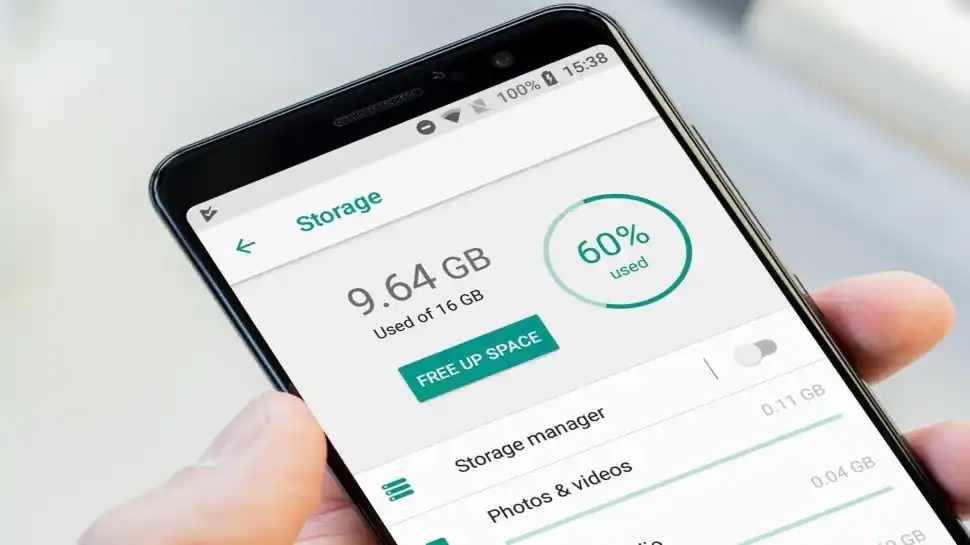
Xiaomi Redmi K30 Review of Connectivity and Mobile Networks
A mobile network is the system that provides wireless connections for mobile devices. This is done through connection towers covering specific geographical areas. There are 3 kinds of these networks: 3G, 4G (LTE) and 5G. These types are working on the most modern cellular phones.
Xiaomi Redmi K30 supports the following networks: 3G. For more information, refer to Xiaomi Redmi K30 3G article. – 4G. For more information, refer to Xiaomi Redmi K30 4G article.

Read About Wireless Connections – Xiaomi Redmi K30 Review
This model comprises the following wireless communications:
* WLAN connection: {Wi-Fi 802.11 a/b/g/n/ac, dual-band, Wi-Fi Direct, hotspot}. Wireless Local Area Network depends on Wi-Fi to connect to the home or office wireless network using the local router and provides Internet access.
* Bluetooth connection: {5.0, A2DP, LE, aptX HD}. It is a common wireless communication protocol used to connect two devices together over short ranges, allowing them share data between different devices.
* GBS connection: {Yes, with A-GPS, GLONASS, GALILEO, BDS}.Global Positioning System enables cellphone to determine any position you need.
* NFC connection: {Yes}.Near Field Communication is a wireless technology that enables your phone to send data to another device when they’re close together, so it’s commonly used for contactless payments. For more info, refer to NFC on Xiaomi Redmi K30 article.
* USB connection: {USB Type-C 2.0, USB On-The-Go}.Universal Serial Bus is wired technology that allows users to connect two devices, such as a smartphone with a PC, to either transfer data or to charge the connected device.
* Features Sensors: {Fingerprint (side-mounted), accelerometer, gyro, proximity, compass}. The sensor is a device that detects and majors the changes in the nearby environment such as ambient light and motion.
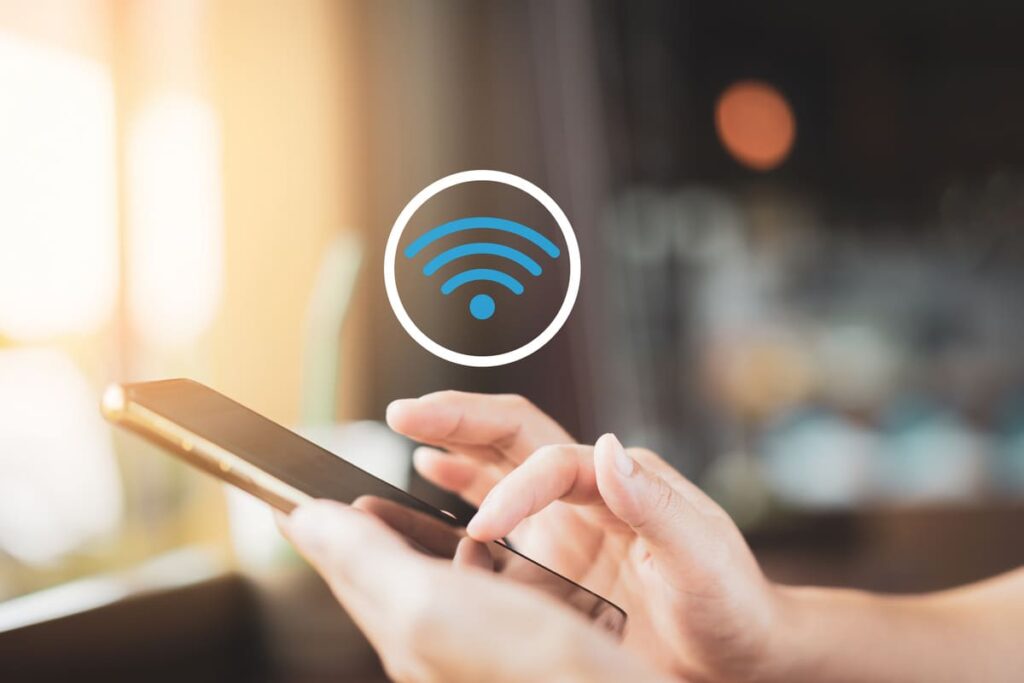
The Operating System – Xiaomi Redmi K30 Review
This model comes with {Android 10, MIUI 11} operating system.
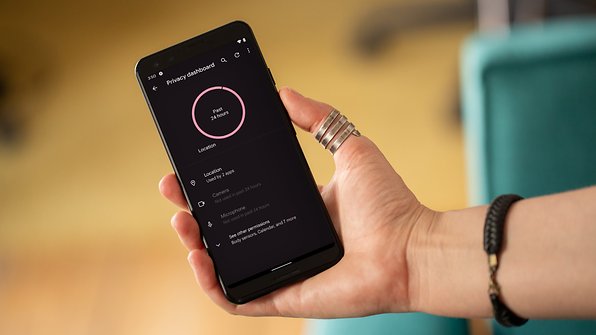
PHONE Review – The Battery Main Specs
Nothing is more important than the battery of the mobile phone that keeps these gadgets running and providing daily life working. In the following lines, you’ll see Xiaomi Redmi K30 review of its primary battery.
* Battery Technology: {Li-Po}.
* Xiaomi Redmi K30 comes with {non-removable} battery.
* Battery Capacity: {4500} mAh. It refers to the amount of storage volume a specific battery able to provide. A battery with 3100 mAh capacity rating could supply a current of 3100 mA for one hour. Higher mAh ratings for the same battery kind will usually mean more working time.
* Battery Charging: {Fast charging (23W}.
* Battery Charging Time: {50% in 30 min (advertised)}.
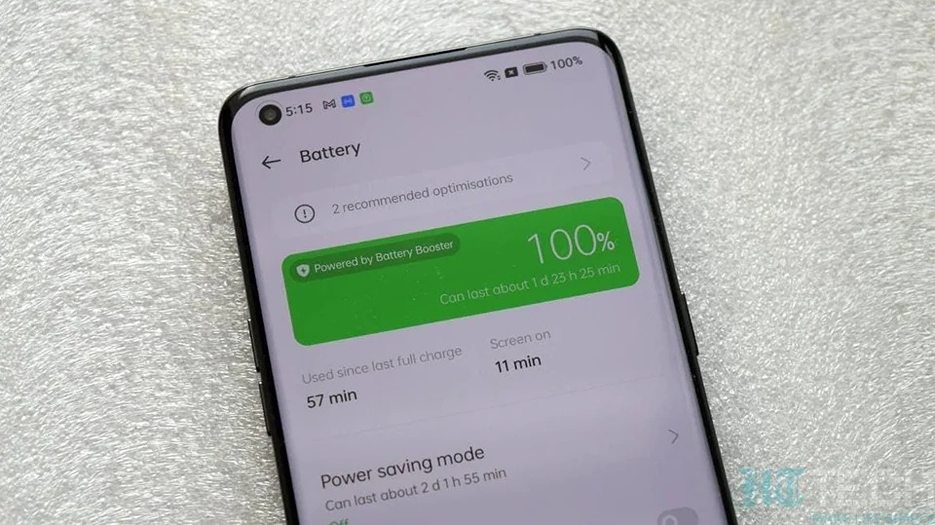
The Battery Secondary Specifications – Xiaomi Redmi K30 Preview
Along with the main Xiaomi Redmi K30 characteristics that we just discussed, this model contains more battery-related characteristics that differ somewhat depending on the kind of mobile phone. These specifications are as follows:
* Battery Charging Original: {Fast charging 27W, 100% in 68 min (advertised)}.
* Battery Wireless Charging: {MagSafe wireless charging 15W, Qi magnetic fast wireless charging 7.5W}.
* Power Delivery: {USB Power Delivery 2.0}.
